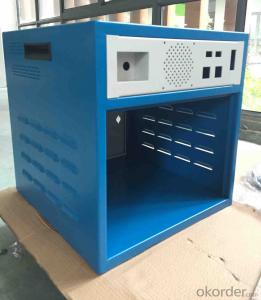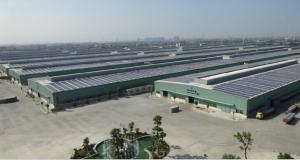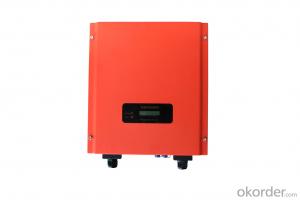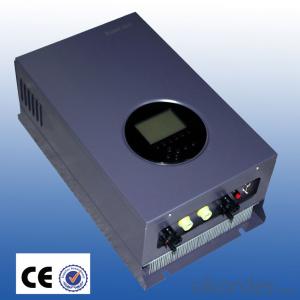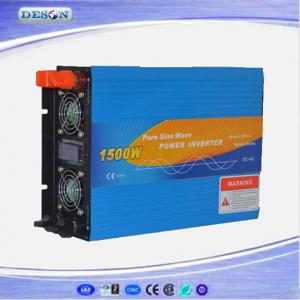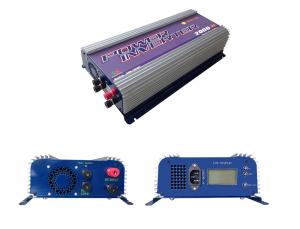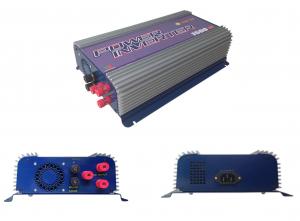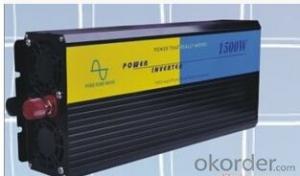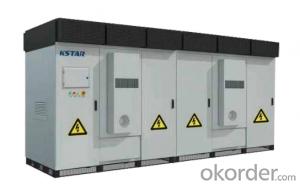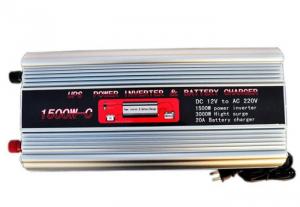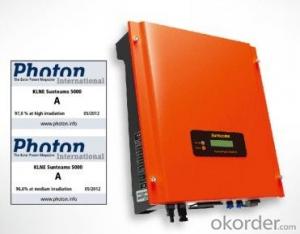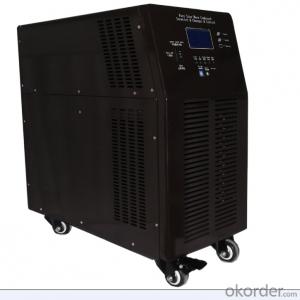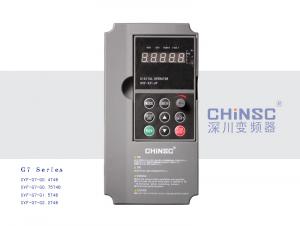1500v Solar Inverter
1500v Solar Inverter Related Searches
1500 Volt Solar Inverter 1500w Solar Inverter 1500 Watt Solar Inverter 1500 Watt Solar Power Inverter Solar 1500 Watt Power Inverter Solar Power Inverter 1500w Solar Inverter 1500w Price 15kva Solar Inverter 15kw Solar Inverter 15kw Inverter Solar Solar 15kw Inverter 15 Kva Solar Inverter 1.5 Kw Solar Inverter 15 Kw Solar Inverter 1.5kw Solar Inverter 1.5 Kva Solar Inverter 150 Kw Solar Inverter 150 Watt Solar Inverter Sunteams 1500 Inverter Solar 150 Watt Power Inverter 15kw Solar Hybrid Inverter 15kw Hybrid Solar Inverter 15 Kw Hybrid Solar Inverter 15kw Solar Inverter Price 15 Kva Solar Inverter Price Solar Inverter 1.5kw Price 1.5 Kw Solar Inverter Price 1.5 Kva Solar Inverter Price 1.5kw Solar Inverter Price 15 Kw Solar Inverter Price1500v Solar Inverter Supplier & Manufacturer from China
The 1500V Solar Inverter is a high-voltage solar power conversion device designed to efficiently convert the DC power generated by solar panels into AC power for grid connection or local consumption. This advanced technology product is essential in modern renewable energy systems, ensuring maximum energy yield and reliability.The 1500V Solar Inverter is widely used in various applications, including residential, commercial, and utility-scale solar installations. It is particularly suitable for large-scale solar farms and industrial applications where high voltage and high efficiency are required. The product's ability to handle higher voltage levels reduces the number of strings needed, thereby minimizing losses and increasing overall system efficiency.
Okorder.com is a leading wholesale supplier of the 1500V Solar Inverter, offering a vast inventory to cater to the growing demand for this cutting-edge technology. With a commitment to quality and customer satisfaction, Okorder.com ensures that each 1500V Solar Inverter is thoroughly tested and meets the highest industry standards before being shipped to customers worldwide.
Hot Products

